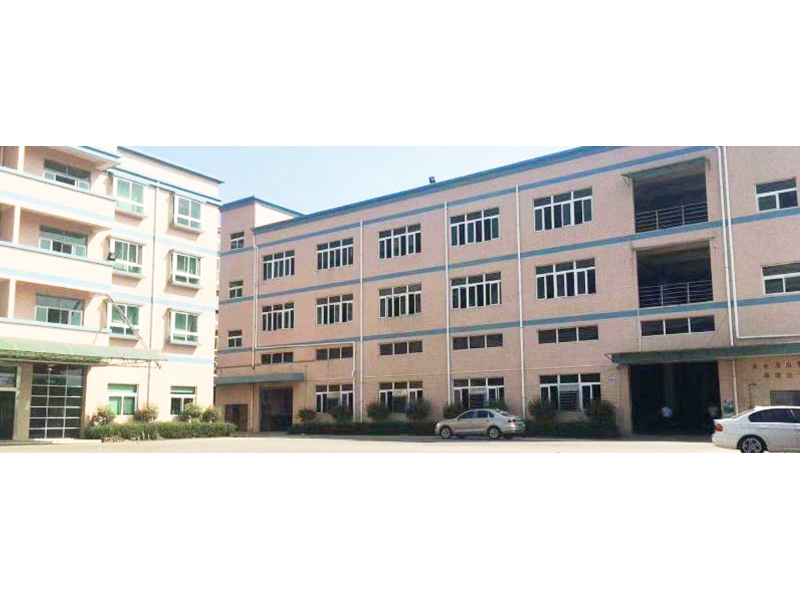Insulating materials are materials with good electrical or thermal insulation. Thermal insulation material is also called thermal insulation material. Insulation material refers to electrical insulation material, its conductivity is about 10-10 w / m below. According to the needs of different electrical products, it also plays the role of energy storage, heat dissipation, cooling, arc extinguishing, moisture-proof, mildew proof, corrosion-proof, radiation proof, mechanical support and fixation, and conductor protection.
The earliest insulation materials were cotton cloth, silk, mica, rubber and other natural products. Since the 1930s, artificial synthetic insulating materials have developed rapidly. Various synthetic resins and plastics have been used in the field of electrical engineering to manufacture electrical machines and high and low voltage electrical appliances. The capacity of electrical products has been expanded and the volume has been gradually reduced, thus promoting the development of electrical and electronic technology.
Insulating materials, divided into gas, liquid and solid three categories.
The material has the advantages of high thermal conductivity, no thermal breakdown, no thermal breakdown, no thermal breakdown, no thermal breakdown, no thermal breakdown, no breakdown. Air is the most widely used gas insulating material. For example, air insulation is used between overhead conductors of AC and DC transmission lines and between overhead conductors and ground. High voltage standard capacitor also uses gas insulation medium. In the early stage, high pressure nitrogen or carbon dioxide is used, and now sulfur hexafluoride (SF6) is widely used. SF6 is also used to manufacture high voltage circuit breakers, metal enclosed composite apparatus, gas insulated transmission pipeline cables and gas insulated transformers.
Liquid insulating material is also called insulating oil. Fill the internal or inter electrode space of solid materials to improve their dielectric properties and improve the heat dissipation capacity of the equipment. Liquid insulating materials have high breakdown strength, small dielectric loss tangent (TG σ), high insulation resistivity and low relative permittivity. In addition, it also has excellent physical and chemical properties, such as high gasification temperature, high flash point, low freezing point, high thermal conductivity, good thermal stability, and low gas absorption under electric field. According to its polarity, it can be divided into four types: weak polarity, non-polar, polarity and strong polarity. According to the source of materials, it can be divided into mineral insulating oil, synthetic insulating oil and vegetable oil. Mineral insulating oil, referred to as mineral oil, is refined from petroleum and belongs to weak polarity medium. The relative permittivity is about 2.2, and the breakdown voltage in the standard electrode is 35-50 kV. The flash point is 125-135 ℃, and it is used to manufacture transformers, cables, capacitors, etc. Synthetic insulating oil is a synthetic liquid insulating material. Because mineral oil is a mixture of many kinds of hydrocarbons, it is difficult to remove the components that reduce the insulation performance. Moreover, the preparation process is complex, easy to burn, low heat resistance and low dielectric constant. Therefore, the synthetic insulating oil with excellent performance is developed. At present, there are aromatic synthetic oil, silicone oil, ester oil, ether and sulfone synthetic oil, polybutene and so on. Vegetable oil uses castor oil, soybean oil, rapeseed oil and so on. Castor oil is an excellent impregnant for pulse capacitors.
Solid insulation materials are divided into inorganic and organic two categories. Inorganic insulating materials mainly include mica, mica powder and mica products, glass, glass fiber and its products, electric porcelain, alumina film, etc. It has high temperature resistance, aging resistance and good mechanical strength, but it is difficult to adapt to the molding requirements of electrical equipment for insulating materials due to poor processing performance. It is mainly used for electric field connection of power transmission and distribution. Organic solid insulating materials include insulating paint, insulating glue, insulating paper, insulating fiber products, plastics, rubber, lacquer cloth, impregnated fiber products, electrical films, composite products, laminated products, etc. due to their low dielectric constant and dielectric loss, they can meet the requirements of high frequency, so as to adapt to the development of new electrical and electronic technologies.

Название работы: Business Director
отдел: Business department
Телефон компании: +86 0769-81838805
Электронная почта: Свяжитесь с нами
Мобильный телефон: +86 13412075090
Веб-сайт: bopuplastic.rub2b.com
Адрес: 3,Wusong Road,Yuwu Industrial Park,Dongcheng District,Dongguan,Guangdong